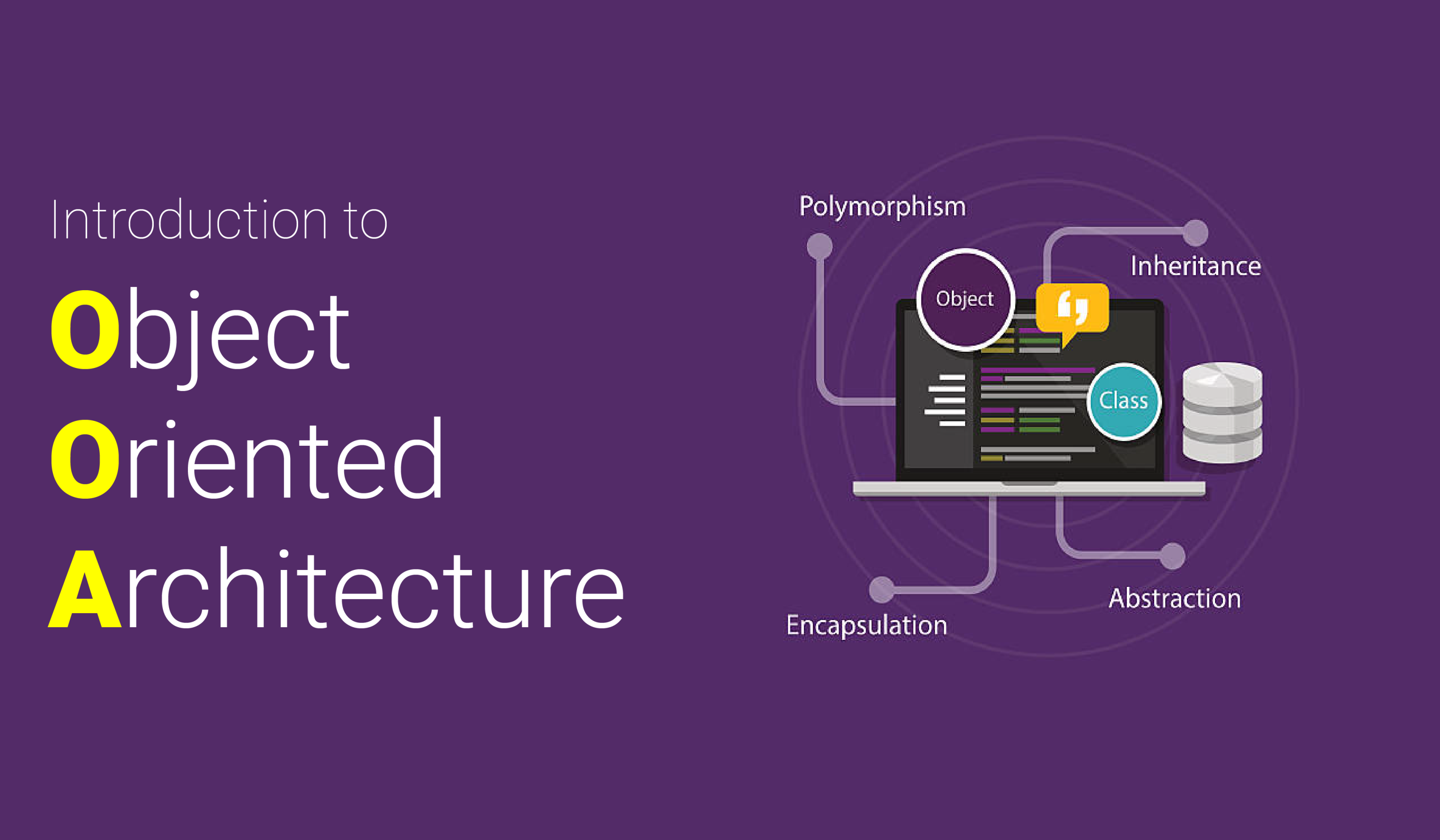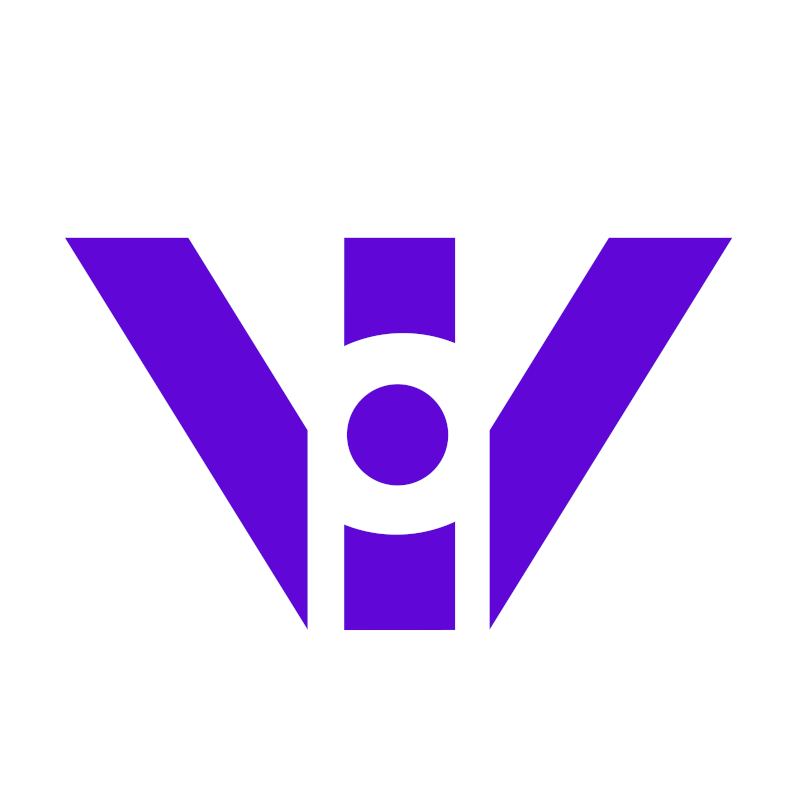If you’re a software developer searching for a software architecture that reflects the real world, is flexible, and is easy to maintain, you should look at the Object-oriented architecture. Think of it as a blueprint that mirrors real-world interactions and allows you to create modular, reusable, and scalable software by treating everything as objects with distinct behaviors and properties.
Whether it’s a simple application or an entire banking system, Object-Oriented architecture gives your code the intelligence to act autonomously.
This article provides a closer look at Object-oriented architecture, exploring what it is, why it’s so valuable, and its core concepts.
Let’s dive in.
What is Object Oriented Architecture?
Before we dive deeper into the topic, let’s quickly explore what Object-oriented architecture is all about,
Object-Oriented Architecture is a software design concept that organizes a system based on objects. It reflects the real-world scenario by structuring the system into modular components that represent entities, each with attributes and operations.
Object-oriented architecture offers powerful mechanisms like encapsulation, abstraction, polymorphism, and inheritance, enhancing the overall clarity and flexibility of the system.
This also makes it an ideal choice for building complex, scalable, and maintainable systems.
Importance of Object-Oriented Architecture
So, what makes object-oriented architecture so important? Let’s identify,
Modularity and Reusability
Object-oriented architecture allows you to build modular components, each representing a specific entity within the system. These components, known as objects, can be reused across different parts of the application or even in different projects.
Maintainability
Object-oriented architecture organizes the system into small and easily manageable objects, making it easier to isolate and fix issues, add new features, and modify functionality without affecting the other part of the system. This improves the overall maintainability of the system.
Extensibility
Object-oriented architecture leverages advanced mechanisms like inheritance and polymorphism, enabling you to generate new object types based on the existing ones. This approach makes it easier to extend the system without making any significant changes, offering flexibility and scalability.
Encapsulation and Data Security
The object-oriented architecture ensures data security through its encapsulation capabilities. This OOA feature allows you to define access control for objects and their data, enhancing the overall data security and limiting the risk of unintended modifications.
Real-world Modeling
Object-oriented architecture or OOA closely aligns with real-world concepts, making the system easy to understand, maintain, and update.
Concepts of Object-Oriented Architecture
Let’s briefly discuss the concepts of Object-oriented architecture,
Class
A class is the core component of OOA and allows you to define personalized data types. A class consists of data, member, and member functions and defines a set of properties and methods, accessible to all the instances created from the class.
Objects
Object is the basic unit of OOA and instance of a Class, containing its own state, identity, and behavior. Objects interact with other objects through a well-defined interface (e.g., methods and properties) just like people communicate with gestures and speech.
Data Abstraction
Abstraction is one of the most important features of Object-Oriented Architecture that simplifies the complex system by modeling classes appropriate to the problem domain. Abstraction hides the system’s complexity, only exposing the essential features by providing a clear interface.
Encapsulation
Encapsulation is the combination of data (attributes) and methods (functions) within the class, creating a self-contained unit. It enhances control and security by allowing you to restrict data and define control over how data is accessed and modified. In programming languages like JAVA, these modifiers are known as public, private, and protected.
Inheritance
Inheritance lets you interconnect between classes, sharing their properties and methods. This approach promotes code reusability and establishes a hierarchical relationship between classes.
Polymorphism
Polymorphism is an exciting feature of Object-oriented architecture that allows objects of different classes to be treated as objects of a common superclass. This lets you use the same method to behave differently achieved by the method overloading and overriding.
Dynamic Binding
In the Dynamic Binding concept of Object-oriented architecture, the execution of code for response to the function call is determined at runtime. Which means the code associated with a given procedure call is unknown until the time of call at run time.
Message Passing
In Object-oriented architecture, objects communicate with each other by sending messages (calling methods). Each object processes the message according to its behavior and internal state.
Final Thoughts
Object Oriented Architecture is an advanced software design concept that lets you organize the system into interacting objects, making the system modular, scalable, reusable, and maintainable. By mirroring real-world entities, this advanced architecture becomes the most powerful tool for designing complex systems quickly and efficiently.
In any software architecture, modeling is the crucial step to creating a well-organized software system. Tools like inno.navi can supercharge your software modeling workflow, visualizing software architecture documentation according to the C4 model in just a few minutes.
If you have any questions or need any further assistance, feel free to contact us. We’ll be happy to assist you.


